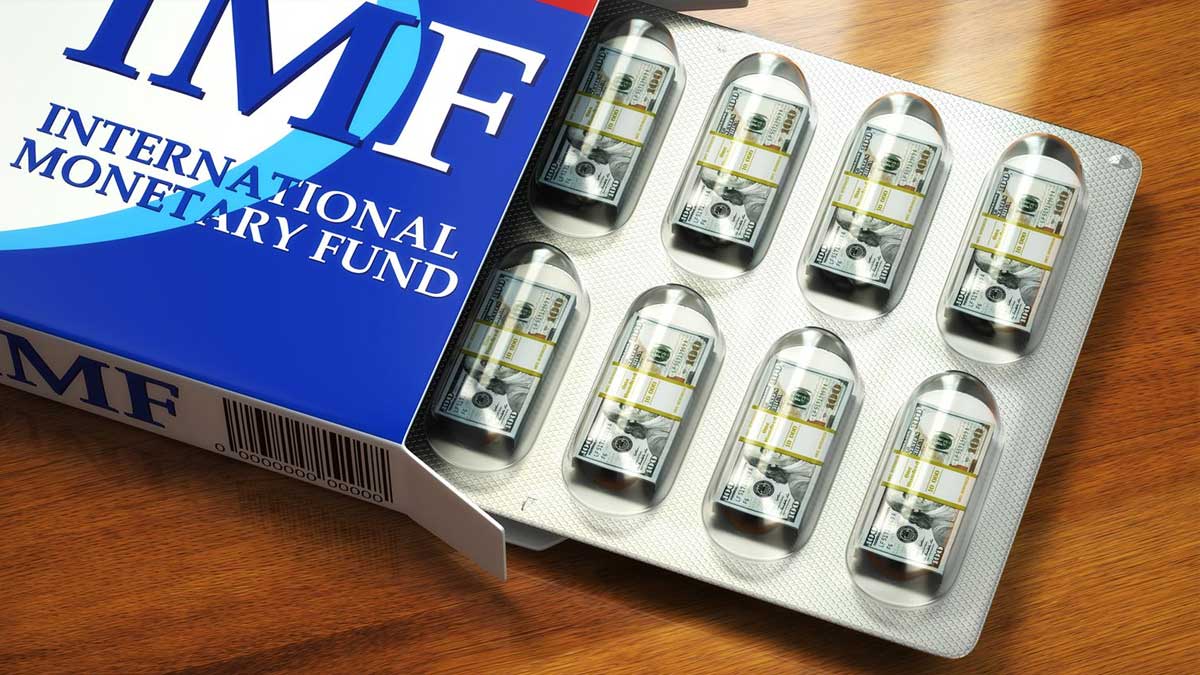Since 1950, Pakistan has been a member of the International Monetary Fund and IMF has granted loans to Pakistan on twenty-two occasions, the most recent in 2019. This is due to the instability of its economy and its reliance on imports.
Pakistan IMF Loan History
Pakistan joined the IMF in 1950 as a recently formed country that had been experiencing economic issues since its independence from British India in 1947.
Loan Starter
Pakistan sought a bailout from the IMF for the first time in 1958. On December 8, 1958, the IMF provided Pakistan with a standby loan of US$25,000. In 1965, Pakistan approached the IMF once more. On March 16, 1965, the IMF granted a war-torn nation US$37,500. Pakistan resorted to the IMF for the third time three years later, this time for balance of payment concerns, for which the IMF granted US$75,000 on October 17, 1968.
IMF loans post 1971
After the Bangladesh Liberation War in 1971, Pakistan lost its eastern half, East Pakistan. Pakistan suffered significant losses as a result of this war. To satisfy its rising demands, Pakistan received loans of US$84,000 in 1972, US$75,000 in 1973, and another of US$75,000 in 1974.
IMF agree to Pakistan’s request to increase the loan size from $6 billion to $8 billion
Another urgent standby arrangement of US$80,000 was arranged in 1977. In 1980, a US$349,000 additional facility was attained three years later. However, Pakistan’s struggle remained, as the country withdrew another $730,000 from the US cold war against the Soviet Union.
Benazir Bhutto
As democracy returned to Pakistan, a new age began, yet the old habits of mismanaging the economy persisted. On December 28, 1988, the Benazir Bhutto government withdrew US$194,480 as a standby agreement and another US$382,410 as a structural adjustment facility obligation. After the removal of Benazir Bhutto’s government, PML(N) came into power and Nawaz Sharif’s government decided not to go to the IMF in 1990, instead arranging donations from friendly countries such as Saudi Arabia.
Political instability continued and yet again Benazir Bhutto regained power in 1993, and Pakistan went back to the IMF, where they agreed to a US$88,000 standby arrangement on September 16, 1993. Her government’s poor economic management continued when she received a loan of US$123,200 under the extended fund facility on February 22, 1994, and another US$172,200 on February 22, 1994.
During that time, Pakistan’s economy remained in bad shape, and the country had to go to the IMF for the third time in the Bhutto administration. On the 13th of December 1995, Pakistan received a sum of US$294,690.
Nawaz Sharif
Nawaz Sharif was again elected Prime Minister of Pakistan in 1997, as the Benazir Bhutto government was deposed on corruption charges, leaving Pakistan’s economy in shambles. On October 20, 1997, the Sharif government went to the IMF for the first time on an emergency basis and achieved an agreement for two amounts of US$265,370 and US$113,740.
After more than two years of Nawaz Sharif premiership, the government was toppled again and this time by military dictator Pervaiz Musharraf. In 2000, Pakistan under the era of military command, received loan of $465,000 through standby arrangement and right after one year the handlers withdrawn another loan facility worth $861,420 under the extended credit facility.
However, the democracy revived in Pakistan and the IMF granted Yousaf Raza Gillani a $7.6 billion loan in 2008. In 2013, when Nawaz Sharif’s government came back into power they went again to IMF and received $4,393,000 loan.
Imran Khan
Imran Khan was elected Prime Minister of Pakistan in 2018. To circumvent harsh IMF terms, they obtained friendly loans from Saudi Arabia, the United Arab Emirates, and China. When economic conditions worsened in 2019, they sought a US$1044,000 loan from the IMF for the twenty-second time. The IMF granted the loan on the condition that energy tariffs be raised, energy subsidies be removed, taxes be raised, state entities be privatized, and budgetary adjustments be made.
National Debt of Pakistan
The debt owing by the government (including the Federal and Provincial Governments) serviced out of the consolidated fund, as well as debts owed to the International Monetary Fund, is referred to as Pakistan’s total public debt.
Current Debt
Pakistan’s public debt is estimated to be around PKR 42.9 trillion as of March 2022, accounting for 80.2 percent of the country’s gross domestic product (GDP). Domestic debt totaled PKR 28.0 trillion, while external debt totaled PKR 14.9 trillion (USD 86.4 billion).
It is worth noting that during the last 64 years, the IMF has lent money to Pakistan 22 times.





















